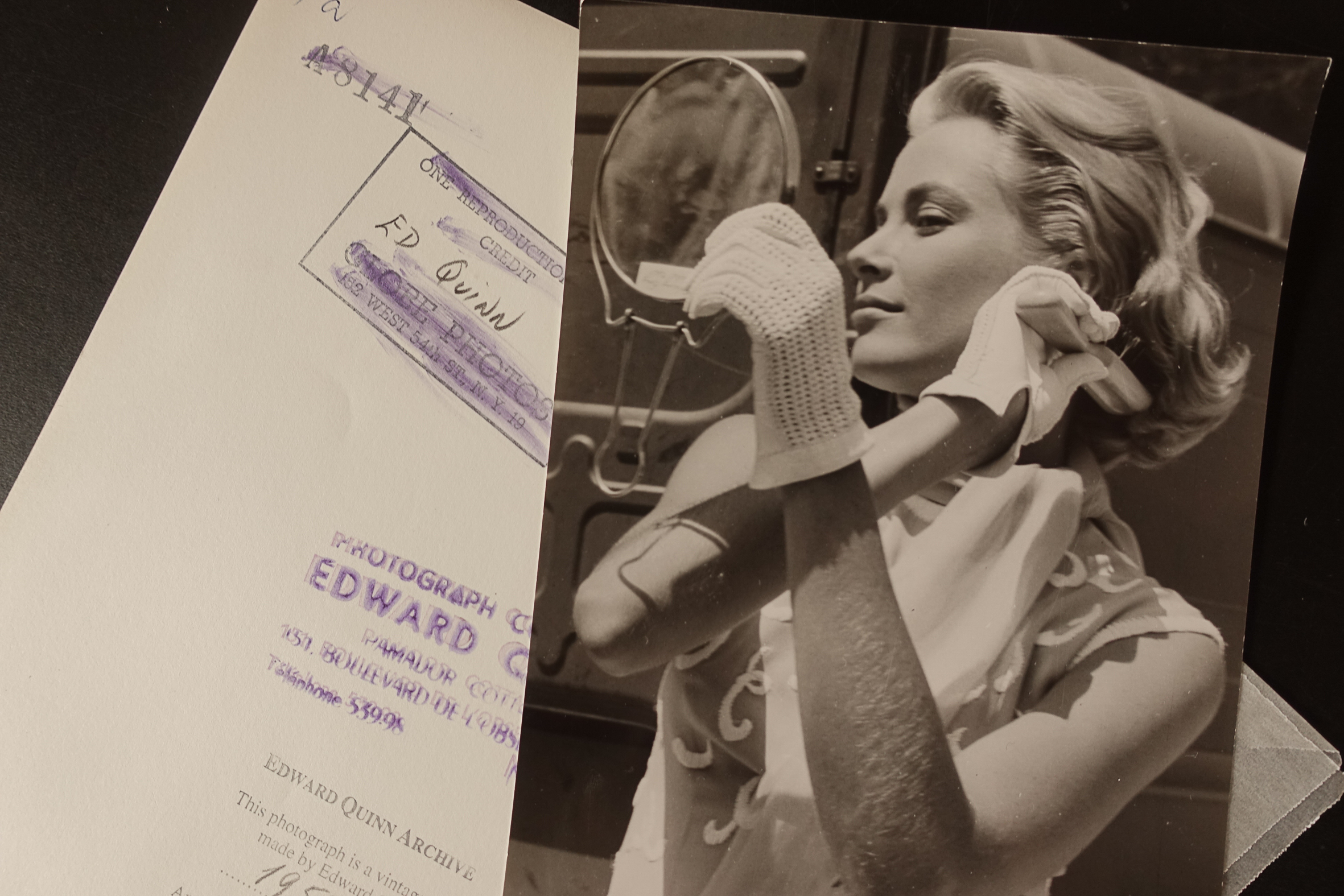Vintage Prints

Vintage prints are typically the earliest prints that the photographer made soon after developing a negative. A decisive advantage of vintage prints is always that they are only available in a very low number. Today, usually only a few of the vintage prints exist, about one to three of the same photograph. This is because their use for illustrations in the press did not require large print runs and photographic paper was expensive, so only as many prints as necessary were made. Since, by definition, the number of vintage prints cannot be subsequently increased, this corresponds to a maximum limitation of the edition.
Before 1970, in classical photography, limited editions were uncommon because the photographs were usually created for newspapers and magazines rather than for the art market.
"In general, a vintage print is considered to be more valuable than a later or modern print of the same
image because it reflects the intentions of the artist at, or soon after, the time the picture was taken and
printed. (…) The greater rarity of vintage prints is also an important factor. Before the 1960s, there was little demand for art photographs and few prints of any given image were produced. As such, a vintage print may not
always be available or affordable, and sometimes its condition is inferior to that of a later or modern, archivally processed print." In: The Association of International Photography Art Dealers: On Collecting Photography. Washington 2013.
Some vintage prints of Quinn's photos, measuring from 18 x 24 cm (7 x 9.5 in.) up to 24 x 30 cm (9.5 x 12 in.), are available. All are stamped and some of them are signed by Edward Quinn. A certificate of authenticity and provenance is provided with the prints.
You can find many available vintage prints via "extended search". We have not yet cataloged all vintage prints, therefore please tell us what topic you are interested in and we can make you an offer if we have a corresponding vintage print. Customers who wish to preview vintage prints in person can make an appointment to visit our office in Hombrechtikon, 30 minutes from Zurich, Switzerland.
Prints made by Quinn or his wife during Quinn’s lifetime were generally not meant to be exhibited. Rather, they were working prints made immediately after the photo shoot for publication in magazines and newspapers. Usually several copies were made, and one of the prints would be physically mailed to a publisher or agency – which seems inconceivable now with the online transmission of digital files. The photos were supposed to be returned to the photographer after the printing template was produced. These vintage prints, always in the format 18 x 24 cm (7 x 9.5 in.), usually have different stamps and comments on the back, along with lines or other types of markings. They have flaws and are rarely in perfect condition. But they are historical objects and have a certain “aura”, a uniqueness – though this quality was disputed by the influential German philosopher Walter Benjamin in regard to the technique of photography.
Vintage prints with the dimensions about 24 x 30 cm (9.5 x 12 in.) were produced by Quinn for exhibitions. In addition, he often made larger vintage prints of Picasso photos and gave some of these to the artist on subsequent visits, such as Pic600337. We have a number of these prints, including some that were signed by Quinn.
Many 18 x 24 cm (7 x 9.5 in.) photos were unfortunately not returned to us by the editorial departments of various publications over the years, but were retained in their archives. Innumerable popular magazines existed back in the day, and when they ceased operations, the vintage prints were – and still are – often put up for sale. This is not legal because the rights to the physical photographs were not conferred by the photographer, but only the rights for one-time publication. Cartier-Bresson once successfully sued a German auction house that had offered such photos for sale. It is therefore important to know the provenance of vintage prints.
It should also be noted that possession of the physical photograph does not include the right of reproduction – this is retained by the Edward Quinn Archive (see terms and conditions).
